Neighbours, Nuisance and Noble Firs – Case Law Summary
Trees are common place in most residential developments. A natural way to provide some shade and a lovely way to complement a property, many see trees as an asset.
But as much as people like their own trees, some can find their neighbors’ trees to be a pain. The frustration of overhanging branches dropping fruit or big trees dropping leaves on adjoining properties or roofs can cause heightened tension in what most people hope will be a positive relationship.
Take for example the recent Provincial Court decision from Moose Jaw of Sykes v Labuick, 2014 SKPC 145 (CanLII), <http://canlii.ca/t/g86bz>. The Plaintiff was angry that his neighbor had trees that were leaving debris in his lawn, and it was plugging his pool and air conditioner filter. It appears that there were a couple of initial applications to remove counsel, and then these parties kept at it as self-represented litigants. As an initial step, the defendants decided to ask the court to strike out the claim entirely. The court did remove portions of the claim, and raised some interesting discussion points about the tort of nuisance.
Nuisance is described as “unreasonable interference with an occupier’s use and enjoyment of their land”. The court then confirms that it will need to identify if the harm is “intolerable to an ordinary person”, and will look at the specific interference and the effect on the individual. It reviews a number of tree related decisions, and a clear inference is that trees are largely supported by the community, and but for an extraordinary problems, nuisance won’t be found. The judge quotes from a decision that puts it well (and provides a little sass):
“Objectively, one who chooses to live in a semi-rural environment where there are a significant number of trees must expect to have both the benefits and advantages of those trees and some of the minor inconveniences that naturally accompany them. Those minor inconveniences will include blowing fallen maple leaves in the fall, blossoming Japanese cherry trees in the spring and the year round rain of needles from the coniferous trees, many of which may end up in the house gutters. It will even include disruption of a personal goal to achieve a perfect lawn because of its natural incompatibility with the surrounding trees.”
The judge struck the portion of the claim that dealt with debris from the defendant’s yard into the plaintiffs’ yard. The court noted that even if they could prove that all of the debris came from the defendant’s yard, there is a community expectation that leaves, fluff, etc will fall on your lawn.
The plaintiffs also claimed the tree invaded into his property. The judge said there was clear law that overhanging trees or braches could be a private nuisance, and that it would need to be determined at trial. The defendant had provided some evidence that the tree was cleared away however, so it appears to be a very small claim that remains for the plaintiff.

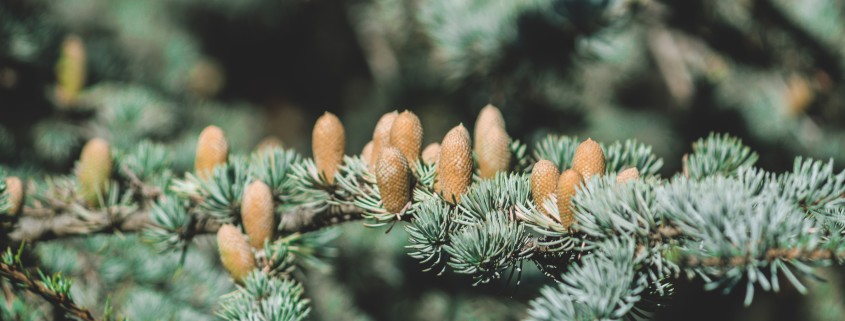
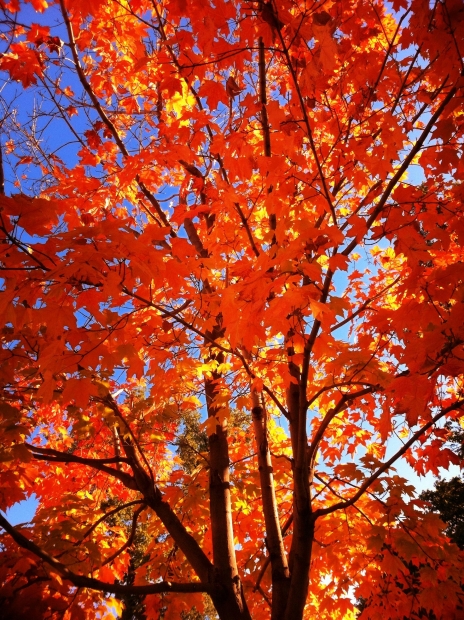

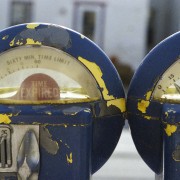
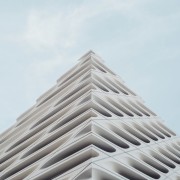
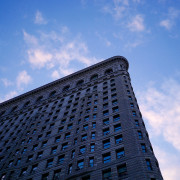


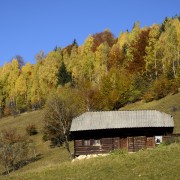


Leave a Reply
Want to join the discussion?Feel free to contribute!